|
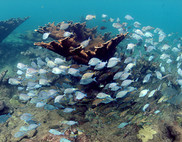
In case you missed it, July was another successful Habitat Month at NOAA Fisheries. This year, we focused on Habitat‒Working for You! NOAA works to support healthy habitat, which provides numerous benefits to communities and our economy. We highlighted our work in a variety of coastal habitat types including estuaries, underwater, rivers, and wetlands.
|
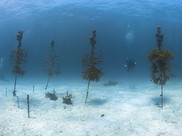
NOAA has recommended $10.4 million in funding through our Community-based Restoration Program for 19 new habitat restoration projects and two ongoing restoration awards that will restore habitat for coastal and marine species. These investments will lead to lasting results for communities, the economy, and the environment. Contact: Jessica Edwards.
|
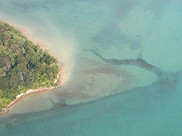
To restore habitat and improve resilience in degraded Great Lakes ecosystems, NOAA recommended $8.9 million in Great Lakes Restoration Initiative funding to establish two new multi-year partnerships and continue work on two ongoing projects. This funding will strengthen valuable coastal resources and support the resilience of Great Lake communities. Contact: Julie Sims.
|
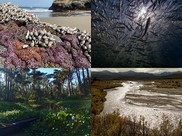
As part of NOAA’s Habitat Month celebration, we invited the public, NOAA staff, and youth (aged 17 and under) to submit their favorite photos highlighting four categories of habitat: coastal wetlands, estuaries, rivers, and underwater habitat. Thank you for participating and submitting your stunning photographs. We look forward to sharing them.
|
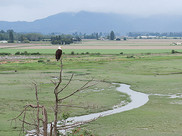
On a project-by-project basis, the work of NOAA and partners to restore habitat for Chinook salmon in the Skagit River estuary—part of Washington’s Puget Sound—is showing positive results. However, Chinook need more healthy habitat in Puget Sound to fully rebound from their status as threatened. Contact: Polly Hicks.
|
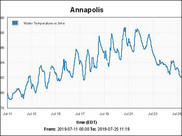
With less dissolved oxygen in bottom waters and high temperatures in waters near the surface, what’s a striped bass to do? The NOAA Chesapeake Bay Office field team is tracking conditions throughout the water column at a site near the NOAA CBIBS Gooses Reef buoy this summer. Contact: Kim Couranz.
|
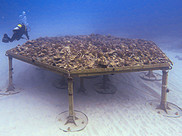
Ship groundings and storms can break fragments of coral from their home reefs. To help restore them, they need a safe place to grow before being reattached. In Hawaiʻi, larger fragments are more successful, but most nurseries are designed for smaller pieces. We enlisted University of Hawaiʻi engineering students to build a big nursery to grow big corals. Contact: Matthew Parry.
|
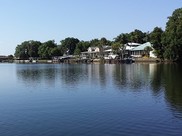
An analysis of 20 years of water quality data shows that Biscayne Bay, a NOAA Habitat Focus Area off southeast Florida, is degrading. Scientists have identified early warning signs that could help inform managers to prevent a shift in the function and structure of the bay’s ecosystem. Contact: Michele Miller.
|
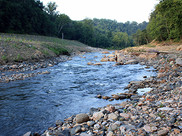
After more than 10 years of planning and 18 months of construction, NOAA and partners have announced that the effort to remove Bloede Dam from the Patapsco River is complete. A significant portion of the Patapsco River can now flow freely, providing spawning habitat for important fish species and recreational opportunities for surrounding communities. Contact: Mary Andrews.
|

Projects in Alabama, Mississippi, and Florida will restore more than 60 acres of marsh and 66 acres of reef habitat to restore damages from the 2010 oil spill. Natural infrastructure solutions like these create new habitat, protect communities, and are cheaper to maintain than hard infrastructure. Contact: Dan Van Nostrand.
|
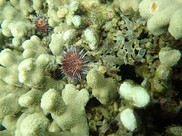
As part of NOAA’s work restoring reefs after an Oʻahu ship grounding, we’re deploying natural predators of invasive algae to save corals in Kāneʻohe Bay. The project recently reached an impressive milestone—half a million sea urchins have been grown in a hatchery and released on the reef. Contact: Matthew Parry.
|
|
|
Infographic: Habitat Conservation
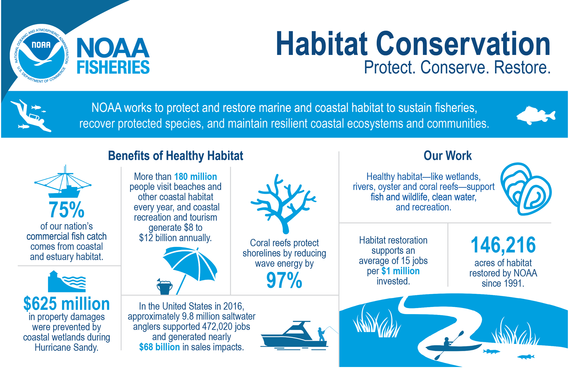
|
|
|
|